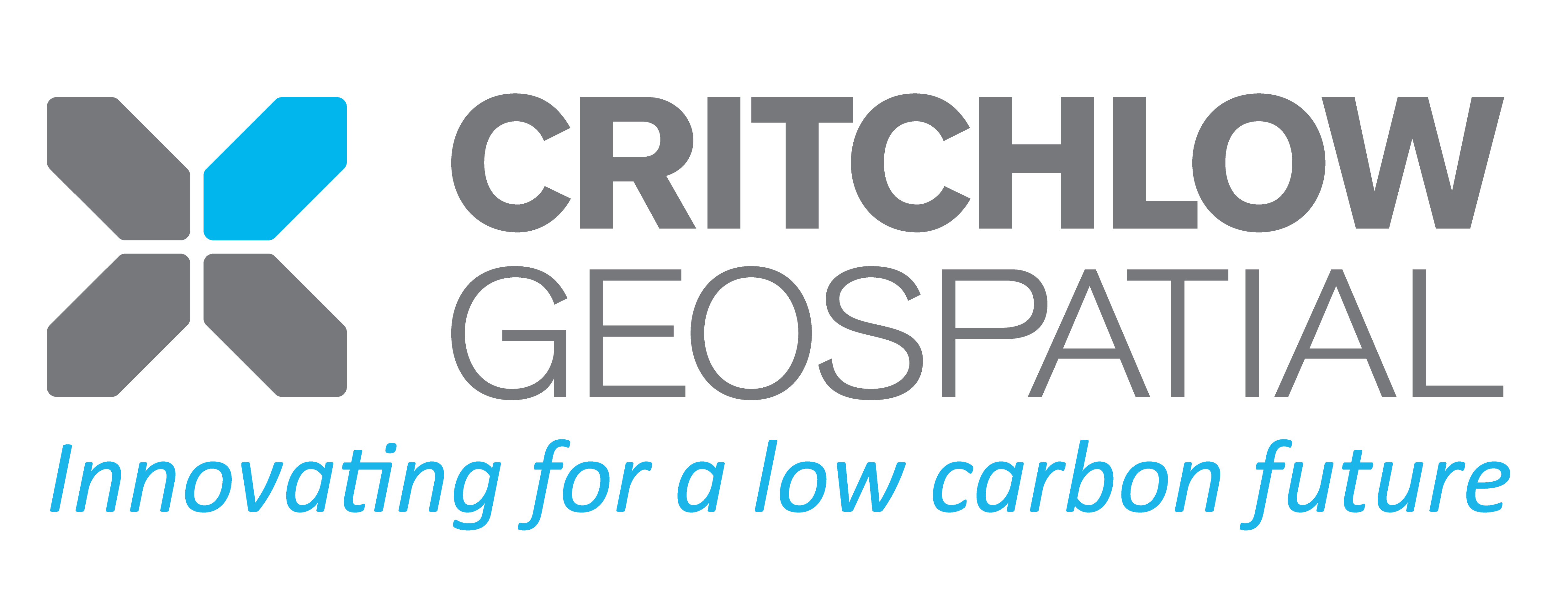The new technology space race in satellite services for the insurance sector
by William Tilsley, Imagery Specialist, on 13-Dec-2021 13:19:19
.png?width=690&name=Critchlow%20(1).png)
In the not too distant past, risk modelling for insurance (and re-insurance) purposes relied heavily on generalised actuarial tables. These essentially static tools then used high level data inputs to calculate and create very broad risk profiles.
Often very large geographic areas (think a whole city or multi-suburb groupings) would be lumped together into one risk profile (that covered many diverse and complicated dimensions of risk).
Geospatial technology has since revolutionised the insurance industry, allowing for a far more granular and accurate assessment of risk. Potential threats such as flooding, subsidence, landslide, extreme weather, erosion, earthquake, tsunami, forest/bush fire and volcanic activity can now all be modelled and assessed at an individual property level.
Advances in high resolution optical and other technology, as well developments in both cloud computing and Artificial Intelligence (AI), have significantly increased the number of ways to extract value from current and historical satellite imagery and are making property level data even more granular for insurance purposes.
Today, through the application of Artificial Intelligence, insurers can mine the very latest satellite imagery (and vast repositories of archival imagery) to gain new insights about change over time to better understand risk down to an individual component (or risk input) level for a specific property.
By deploying the latest satellite technologies insurers can accurately identify, measure and verify the condition or existence of details or features such as parcel size/area insured, building footprint/roof size, shape, type and condition, tree coverage, swimming pools; and for sector-specific needs such as crop condition and health for the primary industries; and importantly, the proximity of insured assets to other hazardous structures or vegetation (e.g. trees).
Legitimate insurance claims can often be very difficult to distinguish from “claim inflation” or even straight-up fraud. High-resolution satellite imagery and derived data means that insurance fraud can be much more easily identified (for both structural/property and crop damage) following a significant incident or natural disaster.
The result being that insurers can quickly and proactively assess claims, and in many cases confidently settle those claims from the desktop without the need for expensive site visits.
Astronomical advances in risk modelling and customer satisfaction
The accurate and dynamic modelling of risk through the analysis of this next-generation imagery and data vastly improves underwriting decisions and can significantly mitigate the impacts of mass claim events by forecasting the volume of anticipated claims. This enables insurers to successfully future-proof portfolios through the informed selection of each individual insured asset and the appropriate pricing of premiums based on a detailed and granular risk assessment.
In other markets, the accessibility and speed with which these services can be used have already largely switched the industry from a customer initiated and reactive claims framework to a proactive insurer-led framework.
Of course when disaster does strike, the sudden and urgent demand on resources (and the associated high number of claims) still presents huge logistical and financial challenges for insurance companies.
However, the near immediate access to imagery before, during and after disaster events means that insurers can inspect and assess properties virtually (with the most current context and historical perspective).
All of which vastly improves customer experience by reducing response timeframes for policy holders when they need support the most.
Subscription Satellite Services for Insurance: Predictive, Responsive, Automated
Subscription satellite imagery and derived data services such as Persistent Change Monitoring (PCM) with Maxar’s SecureWatch can be used by insurers to constantly monitor change over time, from coastal erosion and flood modelling, to the impacts on policies/assets due to increased urbanisation or other emerging conditions. Insurers can even receive these real-time pre-processed updates of new potential hazards delivered straight into their workflows (i.e. no need to add yet another app to the organisation’s tech stack).

By taking advantage of the multi-spectral capabilities of today’s satellite technology, insurers can also continuously monitor and analyse the health of (or damage to) insured crops, or other relevant on-ground characteristics such as slope and elevation that could impact insured assets.
Synthetic Aperture Radar (SAR) is particularly useful when responding to floods. Capella Space offers easy in-browser tasking of radar imagery during a flood. What makes SAR so powerful is its ability to capture imagery through clouds, weather (not possible with optical imagery) and darkness. Water is picked up very well on SAR imagery and is a proven tool for monitoring of flood events and measuring the extents of the floods. Capella Space is known for providing the highest SAR resolution in the industry – which can lead to more accurate mapping of the flood extents for insurance purposes. For time critical events like these, easy in-browser same day tasking is available.
To further enhance the capabilities of subscription solutions like SecureWatch, Critchlow Geospatial can assist with creating unique localised detection/classification models (to recognize and distinguish between different images/objects) for insurers particular areas of interest.
First-mover advantage is still possible in this technology space-race
.png?width=300&name=Critchlow%20(2).png) These next-generation satellite services available from Critchlow and their partners will provide New Zealand insurers with the level of granular detail, intelligence and automation that has never been available before when it comes to risk modelling, response and customer experience.
These next-generation satellite services available from Critchlow and their partners will provide New Zealand insurers with the level of granular detail, intelligence and automation that has never been available before when it comes to risk modelling, response and customer experience.
In a geography and environment as challenging and changeable as New Zealand, it’s essential for technology to gain and retain competitive advantage and market share for all local insurers.
Get in touch with us today if you want to understand more about how satellite imagery and derived data are poised to revolutionise the New Zealand insurance sector.




.png)